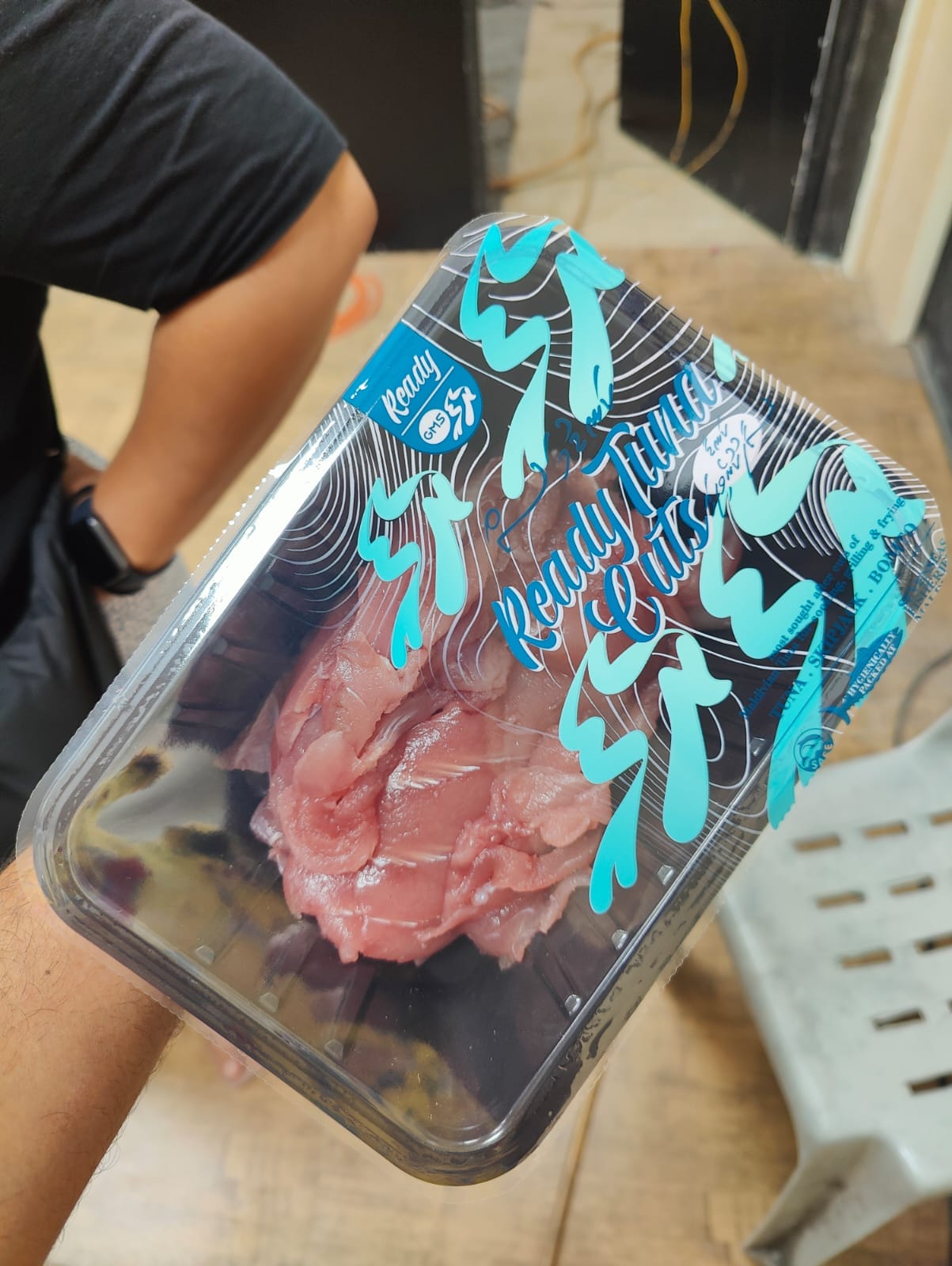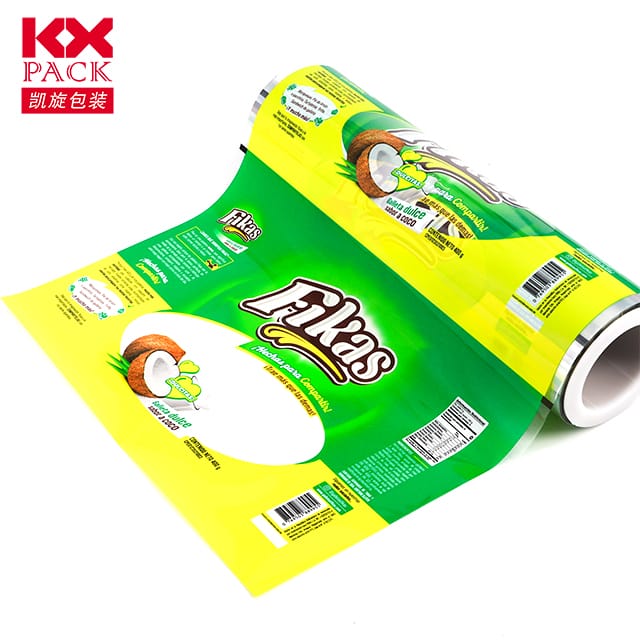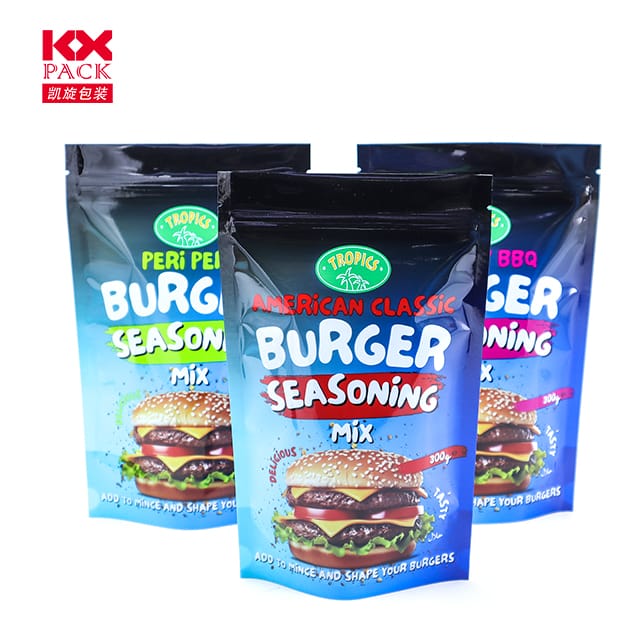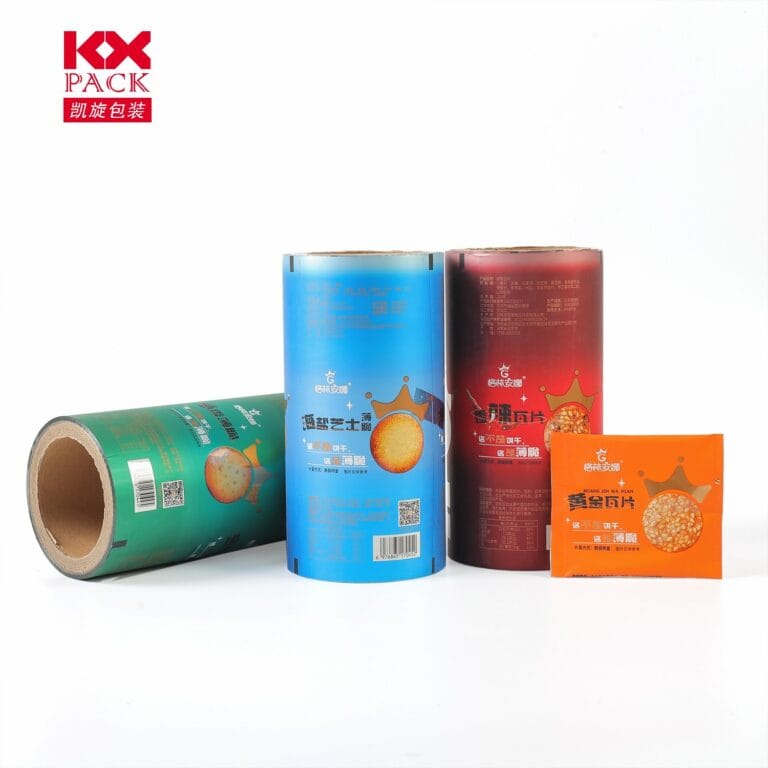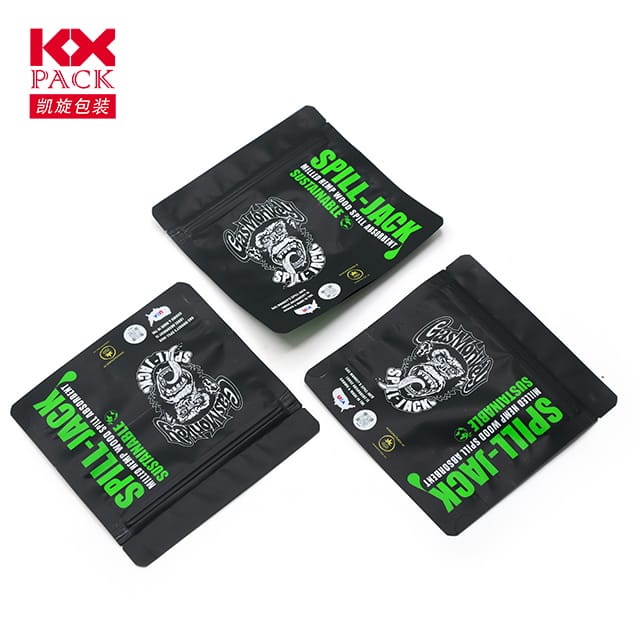Udviklingen og virkningen af fleksibel filmemballage: En bæredygtig revolution (6)
Fleksible film
I en tid hvor bæredygtighed, bekvemmelighed, og innovationsdrevne emballageløsninger, Fleksible filmemballage has emerged as a cornerstone of modern industry. Fra fødevarer og lægemidler til forbrugerelektronik, disse tilpasningsdygtige materialer omformer, hvordan produkter er beskyttet, transporteres, og præsenteret. Lad os udforske dynamikken, tendenser, og fremtidige potentiale i denne dynamiske sektor.
What Are Flexible Films Packaging?
Flexible films packaging refers to lightweight, non-rigid materials used to encase products. Unlike traditional rigid containers, these films—often composed of polymers like polyethylene (PE), polypropylen (PP), or multi-layer composites—conform to the shape of their contents, minimizing waste and optimizing space.
Key characteristics include:
- Let & Holdbar: Reduces shipping costs and carbon footprints.
- Barriereegenskaber: Protects against moisture, ilt, og lys, Udvidelse af holdbarhed.
- Customizability: Printable, sealable, and adaptable to diverse formats (pouches, poser, indpakning).
Market Growth & Key Drivers
The global flexible packaging market was valued atUSD 210.62 milliarder in 2023 and is projected to reachUSD 238.91 milliarder af 2029, vokser ved en CAGR af2.12%. Key drivers include:
- Shift from Rigid to Flexible Solutions: Brands prioritize cost-efficiency and sustainability, favoring flexible films over heavier, less eco-friendly alternatives.
- E-handel boom: Online retail demands lightweight, damage-resistant packaging for safe deliveries.
- Sundhedspleje & Food Demand: Pharmaceuticals and perishable goods require sterile, airtight packaging, fueling innovation in high-barrier films.
Innovations in Material Science
Recent advancements in flexible film technology focus onsustainability and performance:
- Mono-Material Structures: Virksomheder kan lide Huhtamaki are pioneering single-polymer films (F.eks., PE or PP) to simplify recycling.
- Bionedbrydelige film: Made from renewable resources (F.eks., PLA), these reduce plastic waste.
- High-Barrier Coatings: Advanced polymers like polyvinylidene chloride (PVDC) or ethylene vinyl alcohol (EVOH) enhance shelf life without compromising recyclability.
Regional Dynamics
Asia-Pacific dominates the market, accounting for58% of global volume in 2023, drevet af:
- Rapid Urbanization: Rising middle-class populations in China and India boost demand for packaged goods.
- E-commerce Expansion: Online shopping platforms like Alibaba and Flipkart rely on flexible films for efficient logistics.
- Regulatorisk push: Governments mandate eco-friendly packaging, accelerating adoption of recyclable/compostable films.
Udfordringer & Future Outlook
På trods af vækst, the sector faces hurdles:
- Recycling Complexity: Multi-layer films are hard to separate, complicating circular economy efforts.
- Raw Material Volatility: Fluctuating polymer prices impact margins.
Imidlertid, the future looks promising:
- Smart emballage: Films embedded with sensors for freshness tracking or anti-counterfeiting.
- Circular Design: Modular, reusable packaging systems that minimize waste.
- Collaborative Innovation: Partnerships between material scientists, brands, and recyclers to close the loop.
Konklusion
Flexible films packaging is more than a convenience—it’s a strategic imperative for a sustainable future. As brands and consumers demand smarter, greener solutions, this sector will continue to evolve, blending cutting-edge science with practical design. The road ahead? A balance of innovation, responsibility, and adaptability to meet the needs of a changing world.
Stay tuned for more insights on packaging trends—where science meets sustainability! 🌍📦✨
Kilder: QYResearch, MarketsandMarkets, GlobeNewswire, Packaging World

